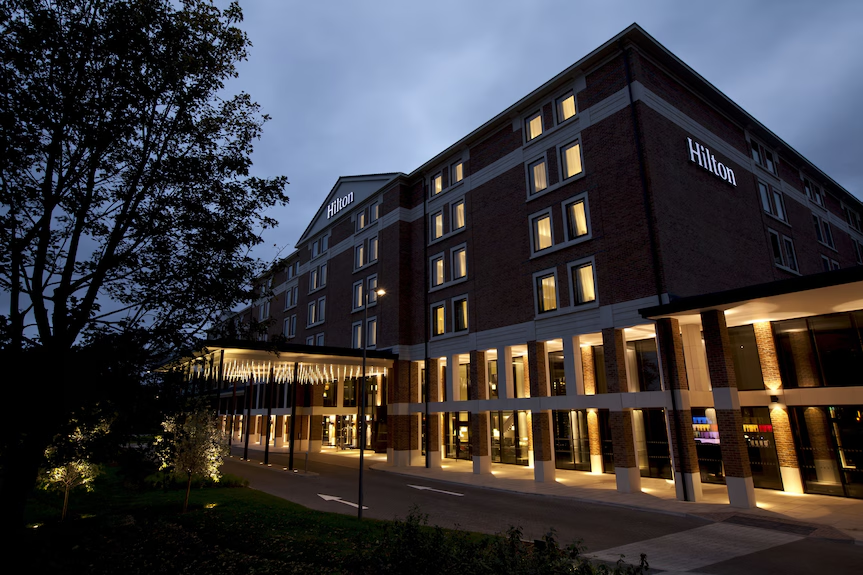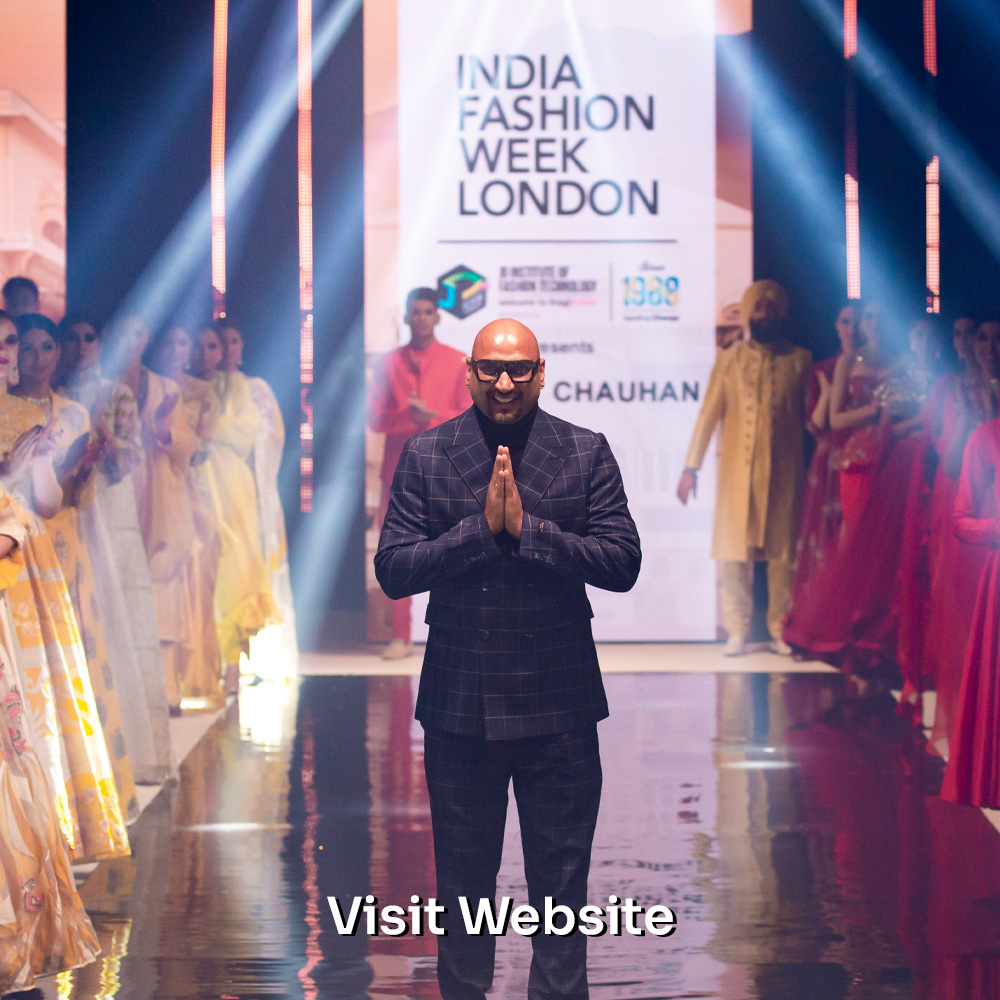Understanding Asian Wedding Traditions: A Beginner’s Guide
- Daniel
- No Comments
Table of Contents
Asian weddings are known for their vibrant colors, rich traditions, and elaborate ceremonies. They are a celebration of love and the union of two families coming together. Asian weddings are steeped in cultural traditions and customs that have been passed down through generations, making them a unique and meaningful experience.
In Asian weddings, the focus is not just on the couple getting married, but also on their families and the community. The wedding is seen as a way to bring people together and celebrate the joining of two families. It is a time for joy, celebration, and unity.
Key Takeaways
- Asian weddings are steeped in tradition and culture, with a focus on family and community.
- Traditional Asian wedding attire is rich in symbolism and often includes intricate embroidery and beading.
- The catwalk plays a significant role in showcasing the latest Asian wedding fashion trends.
- Jewellery is an essential part of Asian weddings, with gold being a popular choice for its symbolism of wealth and prosperity.
- There are various types of Asian wedding ceremonies, each with their own unique customs and rituals.
The Significance of Traditional Asian Wedding Attire
Traditional Asian wedding attire varies depending on the country and culture. In India, brides often wear a saree, which is a long piece of fabric draped around the body. The saree is usually made of silk and is adorned with intricate embroidery and embellishments. The groom typically wears a sherwani, which is a long coat-like garment.
In China, brides wear a qipao or cheongsam, which is a form-fitting dress with a high collar and side slits. The dress is usually made of silk and is often adorned with intricate embroidery or beading. The groom typically wears a traditional Chinese suit called a tangzhuang.
The attire worn during an Asian wedding holds great significance and symbolism. It represents the cultural heritage and traditions of the couple getting married. The colors, patterns, and designs used in the attire often have specific meanings. For example, red is considered auspicious in many Asian cultures and is often worn by brides as it symbolizes luck and prosperity.
The Role of the Catwalk in Asian Wedding Fashion
Fashion shows and catwalks have played a significant role in shaping Asian wedding fashion. They provide a platform for designers to showcase their latest creations and inspire brides-to-be with new trends and styles.
Asian wedding fashion has seen a rise in popularity in recent years, with designers like Manish Malhotra, Sabyasachi Mukherjee, and Anita Dongre gaining international recognition for their work. These designers have brought a modern twist to traditional Asian wedding attire, incorporating contemporary elements while still honoring the cultural traditions.
The catwalk has also become a space for experimentation and innovation in Asian wedding fashion. Designers are pushing boundaries and creating unique and unconventional designs that challenge traditional norms. This has allowed brides to express their individuality and make a statement on their special day.
Exploring the Latest Asian Wedding Fashion Trends
Asian wedding fashion is constantly evolving, with new trends emerging each year. One of the current trends is the fusion of traditional and modern elements. Brides are opting for contemporary silhouettes and designs while still incorporating traditional elements like intricate embroidery or handwoven fabrics.
Another trend is the use of pastel colors in bridal attire. While red is still a popular choice, many brides are opting for softer shades like blush pink, mint green, or powder blue. These colors add a touch of elegance and femininity to the overall look.
In recent years, there has also been a rise in sustainable and eco-friendly fashion in Asian weddings. Brides are choosing to wear outfits made from organic or recycled materials, and designers are incorporating sustainable practices into their production processes.
The Importance of Jewellery in Asian Weddings
Jewellery holds great significance in Asian culture and plays an important role in weddings. It is believed to bring good luck, prosperity, and protection to the couple getting married.
During an Asian wedding, brides often wear elaborate sets of jewellery, including necklaces, earrings, bangles, and rings. These pieces are often made of gold or precious stones and are intricately designed. Each piece of jewellery has its own meaning and symbolism. For example, a mangalsutra is a necklace worn by Hindu brides, which symbolizes the marital bond and is considered a sacred thread.
Jewellery is not only worn by the bride but also by the groom and other family members. It is a way to showcase wealth, status, and cultural heritage. The jewellery worn during an Asian wedding is often passed down through generations and holds sentimental value.
Understanding the Different Types of Asian Wedding Ceremonies

Asian weddings encompass a wide range of cultures and religions, each with its own unique wedding ceremonies. Hindu weddings are known for their elaborate rituals and traditions, such as the exchange of garlands, the tying of the mangalsutra, and the circling of the sacred fire.
Muslim weddings, on the other hand, are characterized by simplicity and modesty. The ceremony typically takes place in a mosque or at home and involves the signing of a marriage contract, known as a nikah.
Sikh weddings are known for their grandeur and festivities. The ceremony takes place in a gurdwara, where the couple takes part in a series of rituals, including the reading of hymns from the Guru Granth Sahib and the exchange of vows.
Other Asian wedding ceremonies include Buddhist weddings, Jain weddings, and Christian weddings. Each ceremony has its own set of customs and rituals that reflect the cultural and religious beliefs of the couple getting married.
Traditional Asian Wedding Customs and Rituals
Asian weddings are steeped in tradition and customs that have been passed down through generations. These customs play an important role in the wedding ceremony and are seen as a way to honor cultural heritage and bring good luck to the couple.
One common custom in Asian weddings is the exchange of gifts between families. This symbolizes the acceptance and union of two families coming together. Gifts can range from jewelry and clothing to household items or even cash.
Another important custom is the presence of elders during the wedding ceremony. Elders are seen as wise and respected members of the community and their blessings are considered essential for a successful marriage. They often play a role in the wedding ceremony, offering advice and guidance to the couple.
Other customs and rituals include the lighting of a sacred fire, the tying of the knot, and the breaking of a coconut. Each custom has its own significance and is performed with great reverence and respect.
The Role of Food in Asian Wedding Celebrations
Food plays a central role in Asian culture, and this is no different when it comes to weddings. Asian weddings are known for their elaborate feasts and culinary delights that showcase the diversity and richness of the cuisine.
In Indian weddings, for example, a traditional feast called a “shaadi ka khana” is served to guests. This typically includes a variety of vegetarian and non-vegetarian dishes, such as biryani, butter chicken, paneer tikka, and gulab jamun.
In Chinese weddings, a multi-course banquet is often served to guests. This includes dishes like Peking duck, sweet and sour pork, steamed fish, and dumplings. Each dish has its own symbolic meaning, such as longevity or prosperity.
Food is not only about nourishment but also about bringing people together and creating a sense of community. It is a way to celebrate and share in the joy of the wedding. The food served during an Asian wedding is often prepared with love and care, using traditional recipes that have been passed down through generations.
Capturing the Essence of Asian Weddings Through Photography and Videography
Photography and videography play a crucial role in capturing the essence of an Asian wedding. They allow couples to relive their special day and share it with future generations.
When it comes to Asian weddings, there are certain moments that are considered essential to capture. These include the bride getting ready, the exchange of vows, the traditional rituals, and the joyous celebrations. Photographers and videographers need to be skilled in capturing these moments in a way that reflects the cultural significance and emotions of the day.
To capture the essence of an Asian wedding, it is important to understand the cultural traditions and customs. This will help photographers and videographers anticipate key moments and ensure they are in the right place at the right time. It is also important to communicate with the couple beforehand to understand their vision and preferences.
Planning Your Own Asian Wedding: Tips and Advice for Couples
Planning an Asian wedding can be a complex and overwhelming process, but with proper planning and organization, it can also be a rewarding experience. Here are some tips and advice for couples planning their own Asian wedding:
1. Start early: Asian weddings often involve multiple ceremonies and events, so it is important to start planning early to ensure everything runs smoothly. Create a timeline and checklist to keep track of tasks and deadlines.
2. Embrace cultural traditions: Asian weddings are a celebration of culture and heritage, so embrace your traditions and customs. Incorporate them into your wedding ceremony and reception to make it unique and meaningful.
3. Seek professional help: Planning an Asian wedding can be challenging, so consider hiring a wedding planner who specializes in Asian weddings. They will have the knowledge and experience to help you navigate through the process.
4. Communicate with family: Asian weddings often involve input from family members, so it is important to communicate with them throughout the planning process. Listen to their suggestions and involve them in decision-making.
5. Stay organized: Keep all your wedding-related documents, contracts, and receipts in one place to stay organized. This will make it easier to track expenses and ensure nothing gets overlooked.
Asian weddings are a celebration of love, culture, and tradition. They are a time for families to come together, celebrate, and honor their heritage. From the traditional attire to the customs and rituals, every aspect of an Asian wedding holds great significance and meaning.
As couples plan their own Asian weddings, it is important to embrace their cultural traditions and customs. These traditions are what make Asian weddings unique and special. By incorporating them into the wedding ceremony and reception, couples can create a truly memorable and meaningful experience for themselves and their loved ones.
Asian weddings are a celebration of love, culture, and tradition. They are a time for families to come together, celebrate, and honor their heritage. From the traditional attire to the customs and rituals, every aspect of an Asian wedding holds great significance and meaning.
As couples plan their own Asian weddings, it is important to embrace their cultural traditions and customs. These traditions are what make Asian weddings unique and special. By incorporating them into the wedding ceremony and reception, couples can create a truly memorable and meaningful experience for themselves and their loved ones.
If you’re interested in learning more about Asian wedding traditions, you might also enjoy reading the article “Real Brides Who Wore & Rocked Minimalist Lehengas on Their Big Day” in association with WedMeGood. This article showcases real brides who opted for minimalist lehengas, a traditional Asian wedding attire, and looked absolutely stunning. It’s a great source of inspiration for brides-to-be who want to embrace simplicity while still honoring their cultural heritage. Check it out here.
Share this Post























Add your first comment to this post